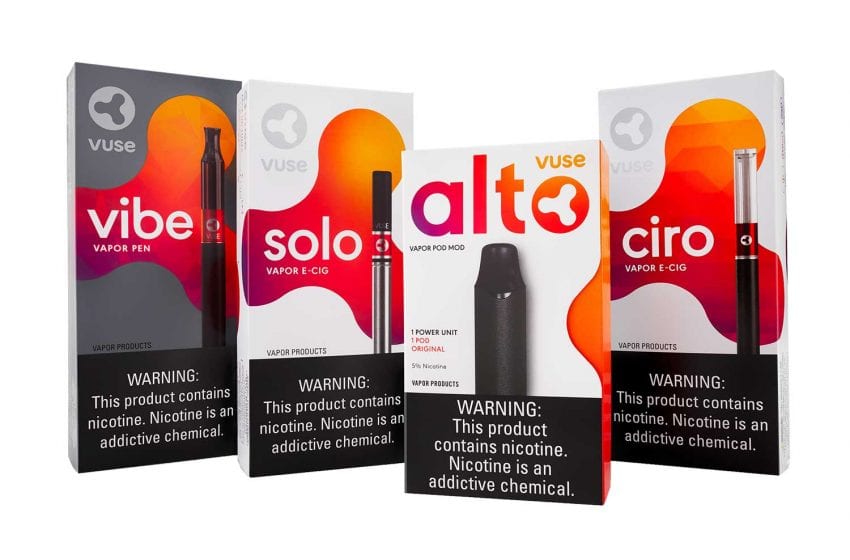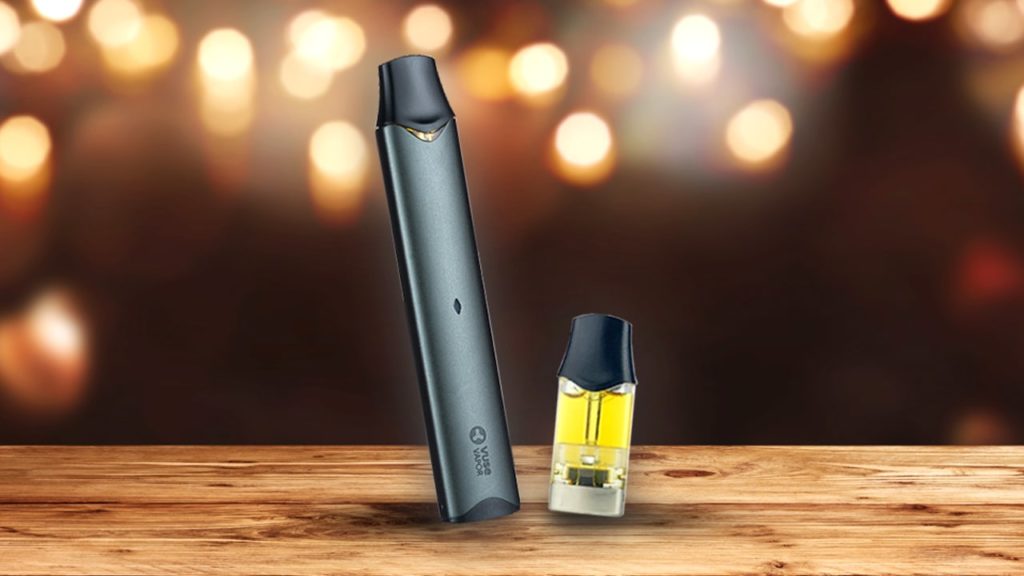
Smoore’s atomization technology platform, FEELM, won an award for innovation and was commended for its sustainability initiatives during the U.K. Vaping Industry Association’s (UKVIA) industry forum on Nov. 18.
The Best Innovation in the Vaping Industry award recognizes FEELM’s breakthrough technologies, including its ceramic coil disposable pod solution, FEELM Max.
Among other improvements, FEELM Max offers more puffs than other coil technologies with the same e-liquid volume. Its constant output control and flavor lock technologies ensure a high degree of flavor consistency while preventing dry burning. FEELM also established multiple laboratories to help clients comply with stringent industry regulations, including those issued by the U.S. Food and Drug Administration.
The UKVIA Sustainable Vaping commendation recognized FEELM’s accomplishments in sustainable advanced technologies, responsible marketing and environmental stewardship. In 2019, FEELM created a groundbreaking environmentally friendly disposable electronic atomization device, for example. This year, FEELM developed an environmentally friendly zero nicotine e-atomization device.
Recently, the company committed to achieving carbon neutrality by 2050, and its automated factory has adopted an energy management system to decrease carbon emissions while increasing energy efficiency.
“We are delighted to have won the innovation award and been commended in the sustainability category, and we are honored by the recognition the UKVIA has given us,” said FEELM Europe Division Director Echo Liu.
“A number of leading vaping brands are driven by FEELM, and our vaping devices loaded with our atomizer technology are now being exported to over 50 countries and regions.
“FEELM can only realize its corporate vision—’atomization makes life better’—by being sustainable and creating value for society. Every day we move a step closer to this goal by creating sustainable advanced technologies and products, using responsible marketing, and embracing a greener future.”

















